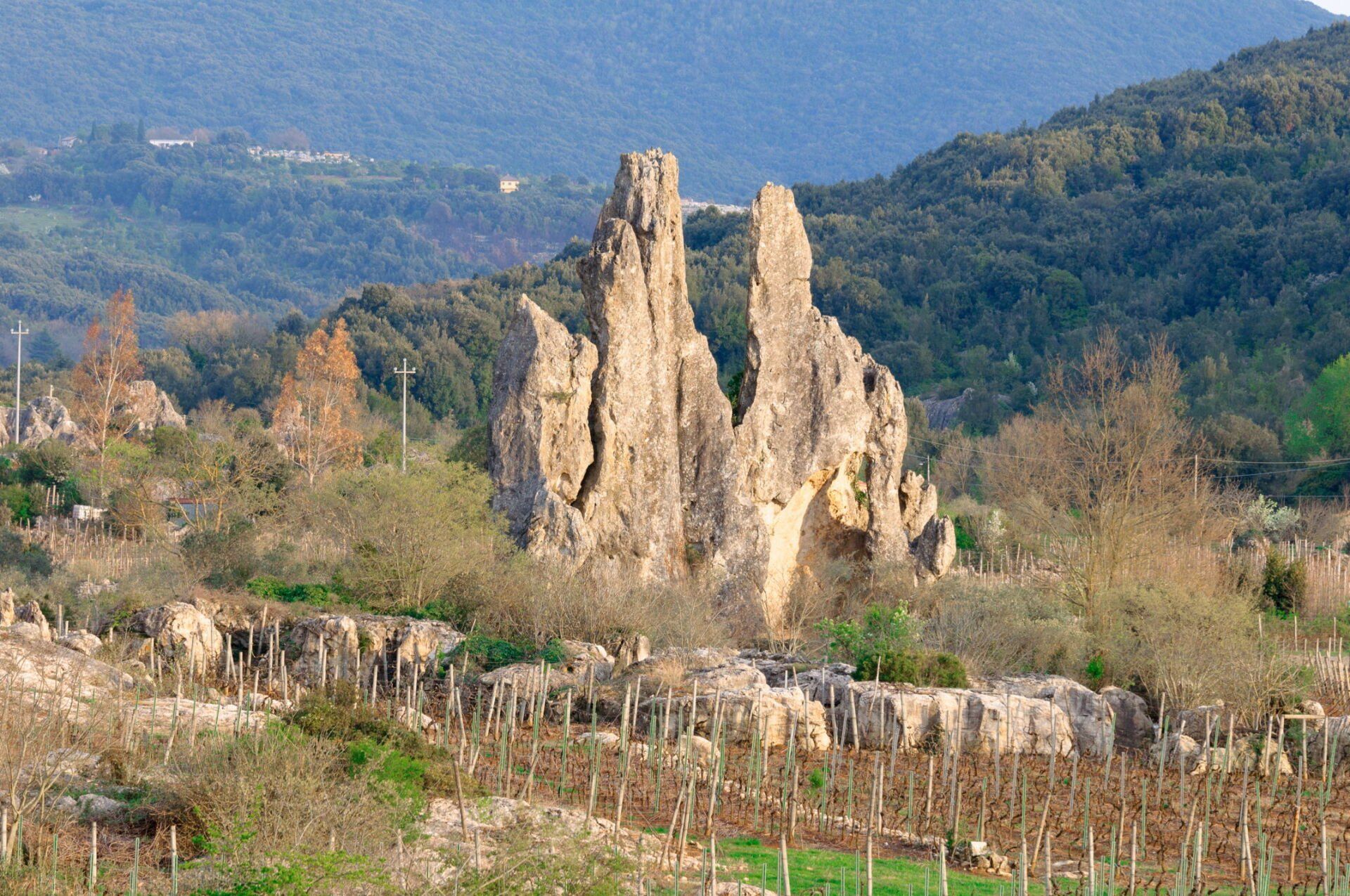Surrounded by History and Nature
Tenuta Corvina enjoys a privileged position, in the heart of central Italy, an area rich with natural beauty, full of history and traditions of food and wine.
Organizing an event at Tenuta Corvina means welcoming your guests to a region they will want to explore and will surely love.
Circeo park
With an area of almost 9,000 hectares, the Circeo Park is one of the most fascinating coastal parks in Europe. It embraces the stretch of coast between Latina and the suggestive Circeo promontory and includes many different environments: from the dunes to the rocky promontory, from the countryside to archaeological sites, up to the Circeo forest, a perfectly preserved lowland forest. There are paths to follow on foot or by bicycle and includes San Felice Circeo, with its historic village built overlooking the sea.
The beaches of the Pontine coast
From sandy beaches to the most secret and suggestive rocky coves, the Pontine coast offers solutions for all tastes. The beautiful coastal dunes alternate with rock ridges, especially close to the promontory. Beautiful to enjoy under an umbrella, or by renting a boat, the entire coast offers the Mediterranean at its best, with clear water and breathtakingly colored sunsets.
The Agro Pontino
The Pontine plain appears today as an expanse of fertile land, thanks to the massive reclamation work carried out in the early decades of the 1900s. The reclamation, however, did not completely erase the ancient ecosystems, so the Agro Pontino looks like a mosaic of different environments, surrounded by mountainous areas and the Tyrrhenian Sea.
Natural wonders and quaint villages dot this agricultural area. The typical products of the Pontine plain attract tourists and gastronomy enthusiasts, above all for buffalo products, such as mozzarella and ricotta, but also for the fine Roman artichokes, olive oil and wine.
la Cattedrale del Campo Soriano.
Campo Soriano
Campo Soriano is a natural area included in the Regional Natural Park of the Ausoni mountains. Inside is the Cathedral of Campo Soriano, a natural monument known as the “karst field." It is an imposing 18-meter boulder that, thanks to erosion over 27 million years has taken on its present shape, reminiscent of a Gothic cathedral. The monolith stands right in the center of a natural area of singular beauty, becoming the symbol of the Natural Park.
The Abbey of Fossanova
Fossanova Abbey is a typical example of Italian Gothic. Architecture. Built between the 12th and 13th centuries, it has all the architectural features of the transition period from Romanesque to Gothic, with the austere features typical of Cistercian art. The central nave, bare and bright, draws the gaze upwards to admire the vaults. Its millennial charm inspires many couples, who decide to create their union here.









